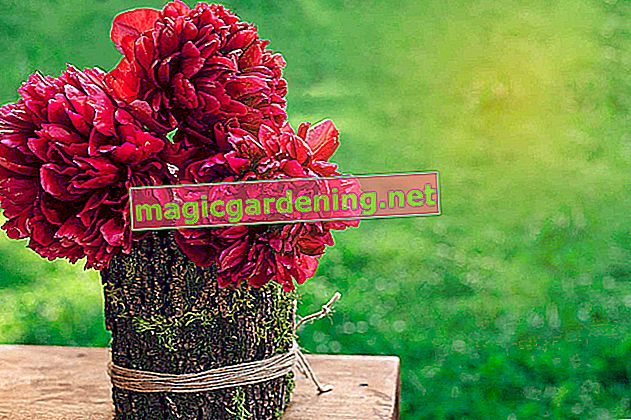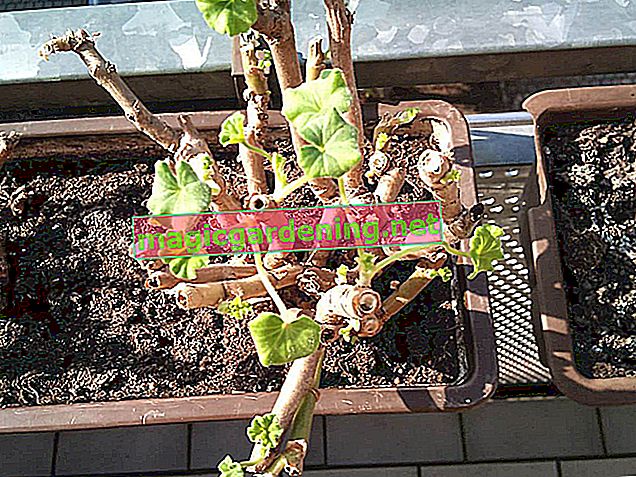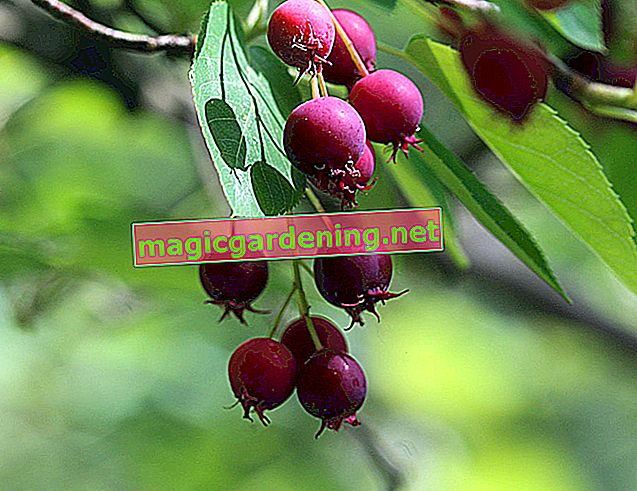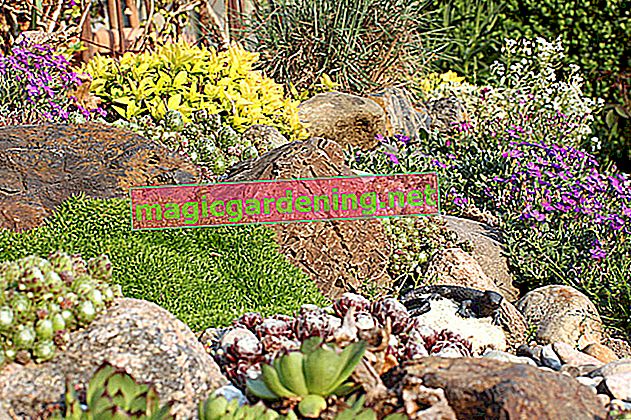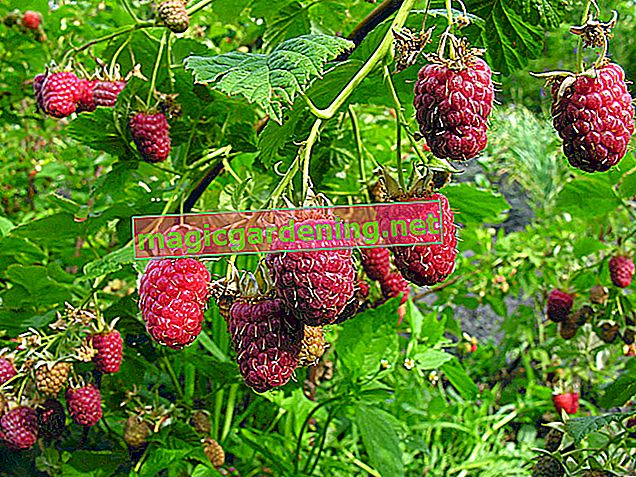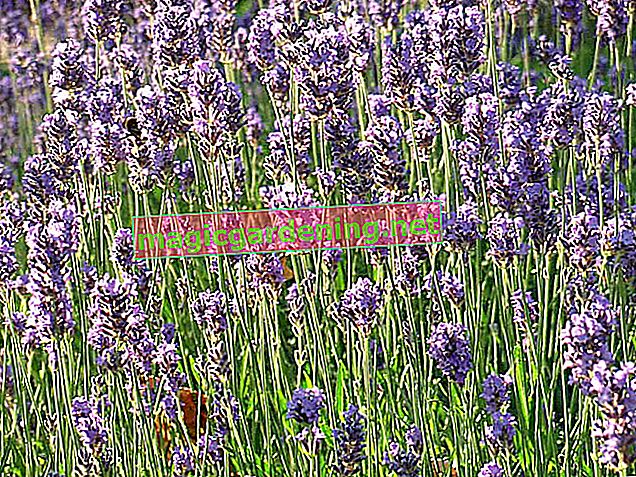
Location, size and planting
Before you start planting the orchard, you need to plan a little. It is important to select a suitable piece of land and the types of fruit to be planted. As a rule, these will be old varieties, which should, however, be as little susceptible as possible to attack by pests or fungi. The optimal orchard meadow is located away from major roads or intensively cultivated fields. The area should be in a sunny and sheltered location and have loose, humus-rich to loamy soil. On the other hand, very sandy or damp locations are less suitable.
also read
- Near-natural orchards - maintenance required all year round
- Apply for funding for creating a meadow orchard
- Creating a garden pond: methods, planning and implementation
Choosing the right fruit trees
An ecologically valuable orchard meadow contains as many different types of fruit as possible, because monocultures are extremely susceptible to pests and diseases. At least half of the stock should consist of different apple varieties. Apple trees are very frugal and thrive almost everywhere. The same goes for plums. Other typical types of fruit for traditional orchards are
- Plums and Mirabelle plums
- Cherries and sour cherries
- Wild fruit trees such as crab apple, wooden pear, service tree and service tree
- Pears
- Quinces (only in warmer locations)
- Walnuts (also especially in warmer locations).
You should give preference to old, endangered types of fruit that bloom and ripen at different times if possible.
Create a meadow orchard
The fruit trees are planted in autumn, but not at temperatures below 0 ° C and, if possible, in dry weather. Before digging the planting holes, prick out the grass sods - after planting, these are laid out again around the tree trunk with the grass side down. With this measure you curb the grass growth, because especially with young trees the tree disc (= the root area) should remain free of any vegetation. Secure the young tree with a support post that will remain in place for the first five years. You should also plant a hedge (if possible with berry-bearing shrubs) that will house birds. These are extremely useful because they simply eat away insect pests.
Tips & Tricks
Litter meadows are prone to voles and field mice. Mice populations can be contained by building perches for birds of prey. If there is a strong vole infestation, it also helps to plant the trees in wire baskets - these protect the roots.

